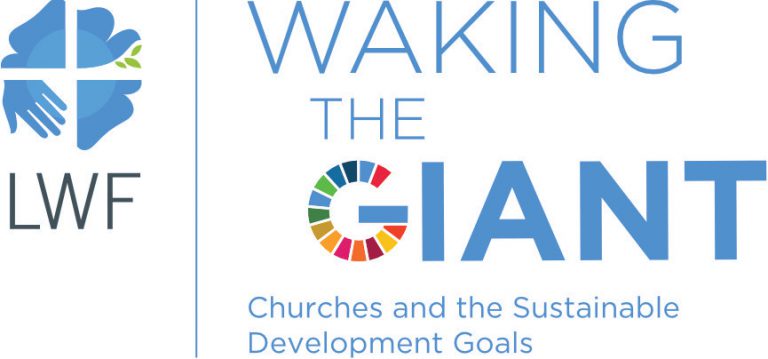The UN Agenda 2030 for Sustainable Development includes 17 Sustainable Development Goals (SDGs). Every SDG is broken down into specific targets which define in more detail what the global community aims to achieve. In order to measure progress towards achievement of the SDGs, each of these targets furthermore includes one or more indicators.
Here is an example:
SDG 1 (End poverty in all its forms everywhere) includes seven targets. One of these targets is target 1.2:
- 1.2 By 2030, reduce at least by half the proportion of men, women and children of all ages living in poverty in all its dimensions according to national definitions
Target 1.2 includes two indicators based on which progress is measured. The two indicators are:
- 1.2.1 Proportion of population living below the national poverty line, by sex and age
- 1.2.2 Proportion of men, women and children of all ages living in poverty in all its dimensions according to national definitions
The global community has set up a mechanism to collect data from the different UN member states on each of the SDG indicators. By comparing this data over time, it is possible to see whether we are on track with achievement of the SDGs, and to identify possible delays or gaps which need to be addressed.
In total, the SDG global indicator framework includes 231 unique indicators, each with a designated 3-digit number, e.g. 1.2.1. The first digit refers to the number of the SDG, the second to the target under the SDG to which this indicator relates.
The official UN list of all SDG targets and indicators can be found here. If you look at the list, you may find that the targets and indicators are quite technical and sometimes difficult to understand and relate to. This partly stems from the fact that the indicator framework is mainly meant for national governments to measure progress.
Therefore, for the Waking the Giant SDG self-assessment tool our aim was to translate the targets and indicators into accessible language and concrete actions that churches and other faith actors can easily relate to. The self-assessment tool is not a scientific tool, but rather a practical way for churches and other faith communities to gain a deeper understanding of what’s behind selected SDGs, and explore linkages with their ongoing work.

